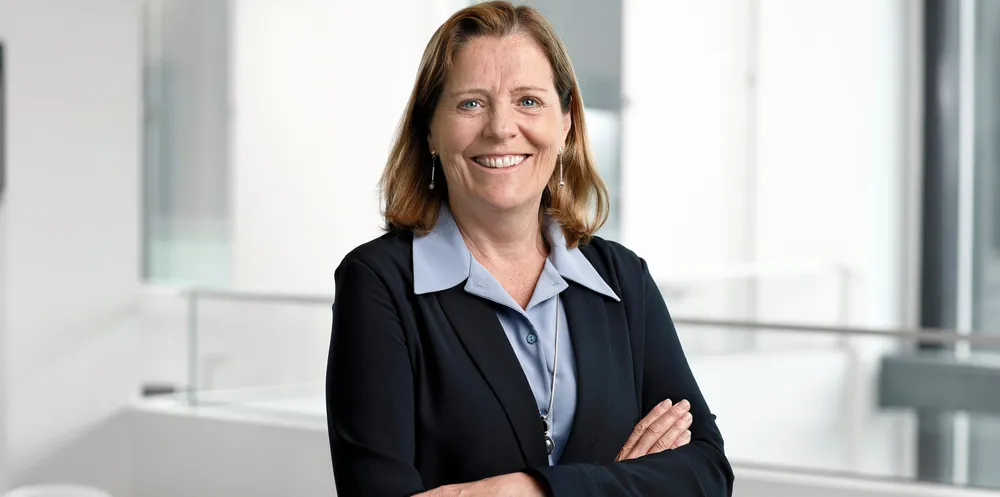'We will stay focused in Europe and capture synergies from what we build': Vattenfall wind chief
Unlike some of its internationalist peers, Sweden-based Vattenfall plans to concentrate its efforts on the northern seas as a 'regional champion', the head of its wind business unit, Helene Biström, tells Darius Snieckus
